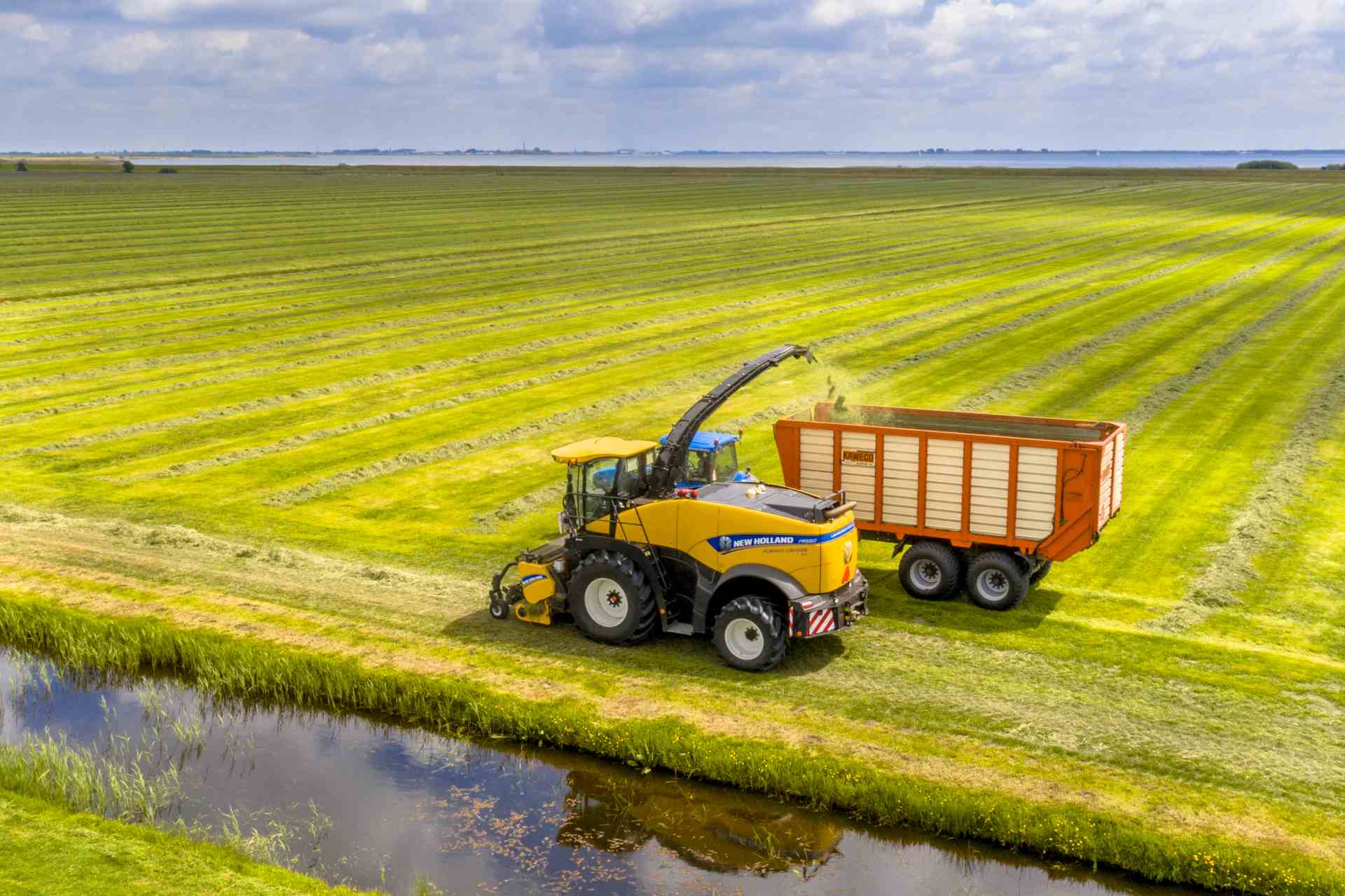
Sugar cane bagasse, the fibrous residue left after the extraction of juice from sugar cane, has traditionally been considered a waste product. However, with growing environmental concerns and the push for sustainable resources, bagasse has found new life as a valuable resource in biomass and biofuel applications. This transition not only offers a promising avenue for waste reduction but also presents a sustainable energy solution that could significantly benefit the energy sector and the environment. This article delves into the innovative uses of sugar cane bagasse, exploring its potential to transform energy production and waste management in the sugar industry.
Bagasse as a Biomass Resource
Energy Production
Sugar cane bagasse is primarily used as a source of biomass energy in sugar mills, where it is burned to produce heat and electricity, not only for the mills themselves but also for surrounding communities. This biomass combustion process helps sugar mills become energy self-sufficient and reduces their reliance on fossil fuels. The ash produced from burning bagasse, rich in silica, can be used as a fertilizer or as a raw material in the cement and ceramics industries, adding another layer of utility.
Pellets and Briquettes
Beyond direct combustion, bagasse can be processed into pellets and briquettes, which are more efficient, cleaner, and easier to transport and store. These biofuels are produced by compressing bagasse at high pressure to form small, solid blocks that can be used in heating systems and industrial boilers. The densification of bagasse not only enhances its energy content per unit volume but also reduces emission levels compared to raw bagasse, contributing to more sustainable energy practices.
Bagasse in Biofuel Production
Ethanol Production
One of the most promising applications of sugar cane bagasse is its conversion into bioethanol. A renewable and cleaner-burning fuel alternative to gasoline. The process involves breaking down the cellulose in bagasse into sugars, which are then fermented and distilled to produce ethanol. This second-generation (2G) ethanol technology is particularly appealing. Because it does not compete with food sources, unlike traditional bioethanol production from crops like corn or sugar cane juice.
Biobutanol and Other Biochemicals
Research into the conversion of bagasse into biobutanol, a biofuel with higher energy content and better fuel properties than ethanol, is gaining traction. Biobutanol can be used as a direct replacement for gasoline or blended with other fuels to reduce emissions. Additionally, bagasse is being explored as a raw material for the production of a wide range of biochemicals. Including organic acids and polymers, which can serve as inputs for various industrial processes.
Technological Innovations and Challenges
Hydrolysis and Fermentation Technologies
The efficient conversion of bagasse into biofuels hinges on advancements in hydrolysis and fermentation technologies. Enzymatic hydrolysis, which uses enzymes to convert cellulose into fermentable sugars. It is more environmentally friendly and less energy-intensive than chemical methods. However, the cost and efficiency of enzymes are still significant challenges. Similarly, developing robust microbial strains that can efficiently ferment the sugars into biofuels is critical for improving yields and reducing production costs.
Gasification and Pyrolysis
Thermal processes like gasification and pyrolysis offer alternative methods for converting bagasse into bioenergy. Gasification converts bagasse into a synthesis gas (syngas) through partial oxidation at high temperatures. These syngas can then be used to generate electricity or as a feedstock for producing liquid biofuels. Pyrolysis, on the other hand, decomposes organic material at high temperatures in the absence of oxygen to produce bio-oil, char, and gases. Both processes are promising but require further development to optimize efficiency and economic viability.
Environmental Impact and Sustainability
Carbon Footprint
The use of bagasse as a bioenergy source can significantly reduce the sugar industry’s carbon footprint. Since bagasse is a by-product of sugar cane, it absorbs carbon dioxide during its growth. Its use in energy production results in lower net carbon emissions than that of fossil fuels. This not only helps mitigate climate change but also aligns with global carbon reduction goals.
Sustainable Practices
To maximize the environmental benefits of using bagasse, it is essential to implement sustainable practices throughout its lifecycle. This includes optimizing energy consumption in bagasse processing and reducing water usage. And ensure that the use of agricultural land for sugar cane does not lead to deforestation or biodiversity loss. Engaging with local communities and stakeholders in the development. The operation of bioenergy projects is also crucial for their long-term success and acceptance.
Transforming the Sugar Industry
The innovative utilization of sugar cane bagasse in biomass and biofuel applications is transforming waste management and energy production in the sugar industry. By turning what was once considered waste into a valuable resource. The industry not only enhances its sustainability but also contributes to the broader transition towards renewable energy sources. Continued technological advancements and the adoption of sustainable practices are crucial to unlocking the full potential of bagasse. Making it a cornerstone of a greener, more sustainable future in energy production.